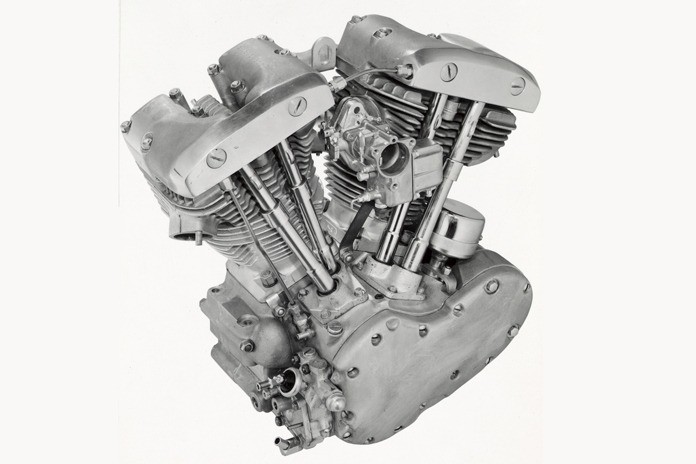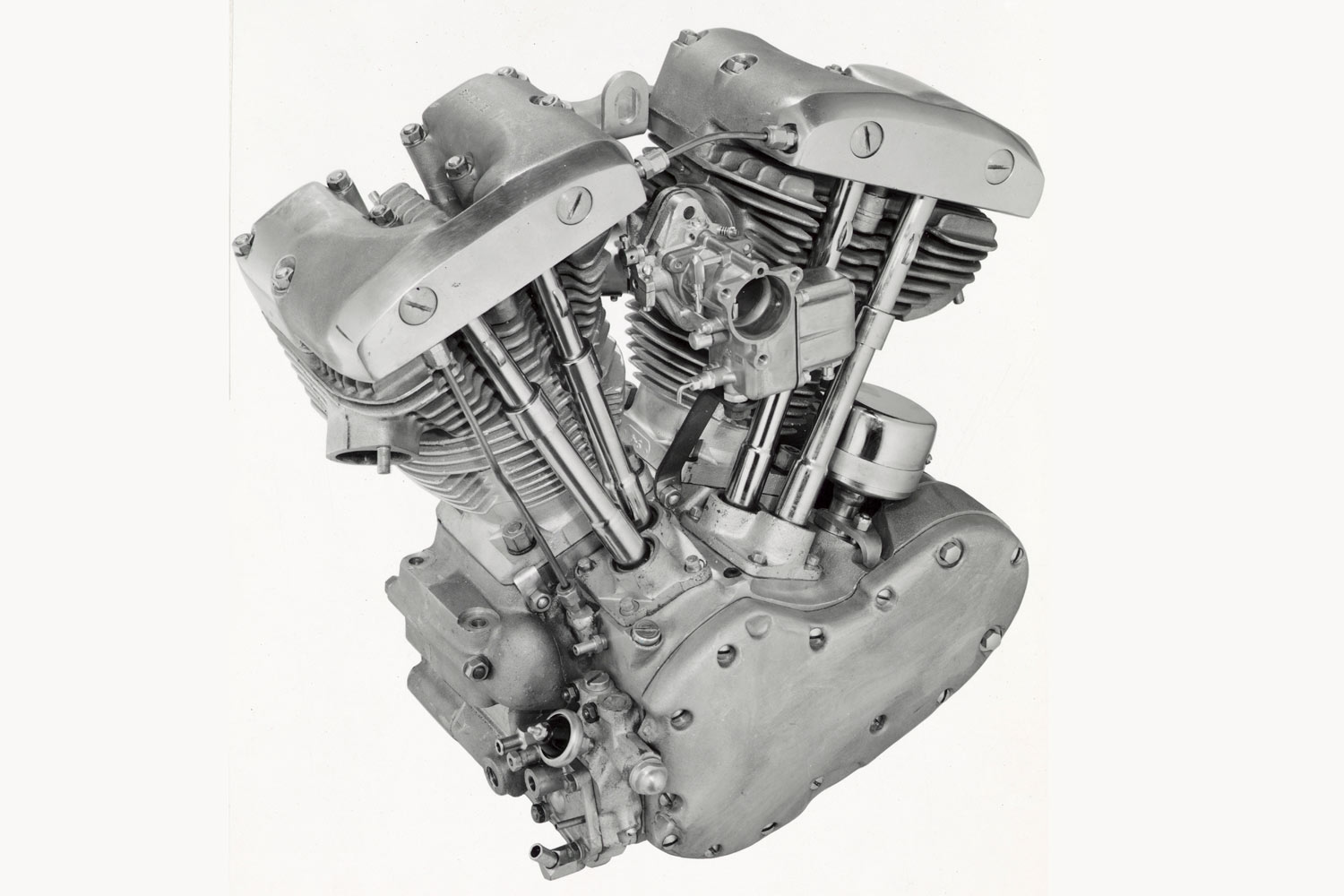The Harley‑Davidson Shovelhead motor was produced from 1966 through 1984 – the year the Evolution motor replaced it. The Shovel was the ninth production motor design from Harley and the last one to be designed on a manual drawing board. The Evo and all subsequent motors were drafted using computer‑aided design, which marked Harley’s entry into modern manufacturing. For many years leading up to this point, Harley‑Davidson built and marketed quaint anachronisms.
From a selfish standpoint, that’s not necessarily a bad thing. Those anachronistic Knucklehead and Shovelhead motors are works of mechanical art (but I’ll pass on the Panhead). Performance‑wise, the Shovel motor lagged behind the Japanese juggernauts that began dominating the marketplace in the 1960s, but it had a distinctive look and an unmistakable presence. Time, however, waits for no motor design, and the debut of the Evolution motor was long overdue and welcomed – except by the “Shovelhead till I’m dead” crowd.
Legally, a motorcycle manufacturer must keep a supply of parts on hand for a discontinued model for 10 years. That meant that Shovel owners could depend upon their local Harley dealer for parts and repair through 1994. After that date, the situation slowly but inevitably began to change. While numerous dealers continued to offer Shovelhead service, many – particularly the newest dealerships – did not.

With sales in the 1990s booming and a higher‑than‑ever demand for the Evolution models, it didn’t make much business sense for a dealer to continue working on an ever‑decreasing Shovel population. This is the way of mechanical things. Fortunately, there was a robust network of independent shops with the expertise required to work on Shovelheads.
While variations of electronic ignitions appeared on earlier Harleys, the CDI ignition of the Evo motor signaled a full embrace of the technology. Since then, electronic controls have become essential on motorcycles for numerous reasons, including cost, design, marketing, performance, and legal compliance.
The complexity of a new Harley‑Davidson motorcycle has moved it far beyond common garage skills and, for that matter, the abilities of most independent shops. At one time, a working knowledge of motorcycles and a Snap‑On Tool account could put you in business. Today, the cost of needed diagnostic equipment alone could be a show‑stopper, and getting the necessary tune‑up specs from Harley might also be an issue.
Related: 2024 Harley-Davidson CVO Road Glide ST Review | First Ride
The good news is that today’s Harleys are relatively bulletproof. The bad news is that the dealer is becoming the only option when they need service – planned or otherwise. This option will cost $180 to $200 an hour to exercise, at least in my area.
Harley’s current motors are technical masterpieces, but they too will age out. This raises the question of who will provide parts and service 10 or more years after the Milwaukee‑Eight is discontinued. Small independent shops? I doubt it. Large independent shops, maybe, but they will be few and far between.
The H‑D dealer network has shrunk considerably over the past 15 years, and I don’t see this trend changing. What I believe will occur is that H‑D will designate some of the large independents as “Authorized Service Centers.”
I’ve done a bit of guessing here, but I’m certain some significant changes will be coming not only in the service area but also sales.
Find more Unrepentant Curmudgeon columns here.


















